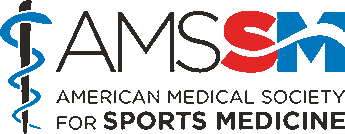|
5 QUESTIONS TO ASK YOUR DOCTOR ABOUT SPORTS ULTRASOUND [Back]5 Questions to Ask Your Doctor About Sports Ultrasound By Blake Boggess, DO What is Sports Ultrasound? Sports Ultrasonography is an imaging technique that utilizes reflected ultrasonic sound waves to obtain images of the musculoskeletal system. The term “Ultrasound” refers to sound waves that have a higher frequency than what a human can hear.
When is it used? A physician may use sports ultrasound to look for disorders of the following structures: • Tendons • Muscles • Bursae • Nerves • Joints • Cartilage
In addition, ultrasound is used for needle guidance for procedures such as aspiration and injection of bursae and joints.
Are there any side effects? There are no medical contraindications to the use of sports ultrasound. In fact, it is same imaging technique that is used in obstetrics to evaluate a baby. There has not been any well-documented harmful effects to the fetus from diagnostic ultrasound examination.
How can sports ultrasound help? A physician can use ultrasound during a clinic visit to quickly evaluate a patient and make a diagnosis. The physician would be looking for a tendon tear, fluid in a joint or nerve entrapments, etc. The clinical use of ultrasound is relatively inexpensive and reduces the need for follow up visits after other tests such as an MRI.
When a physician uses ultrasound during an injection, he or she can see exactly where the needle is going for correct placement. Also, the physician can make sure the needle does not go where it is not supposed to such as in a nerve or blood vessel. Several studies have shown that ultrasound guided procedures are less painful and have better outcomes.
What are the limitations of sports ultrasound? Ultrasound waves do not penetrate bone and so it may show a crack in the cortex of the bone, but ultrasound would not show the extent of the fracture into the bone. A plain X-ray or CT scan would be better test to look at fractures.
Also, ultrasound waves do not penetrate deep into joints to look for tears in structures such as an ACL or meniscus tear. An MRI would be a better test to evaluate this injury AMSSM Member Authors References Category: Treatments in Sports Medicine, [Back] |

